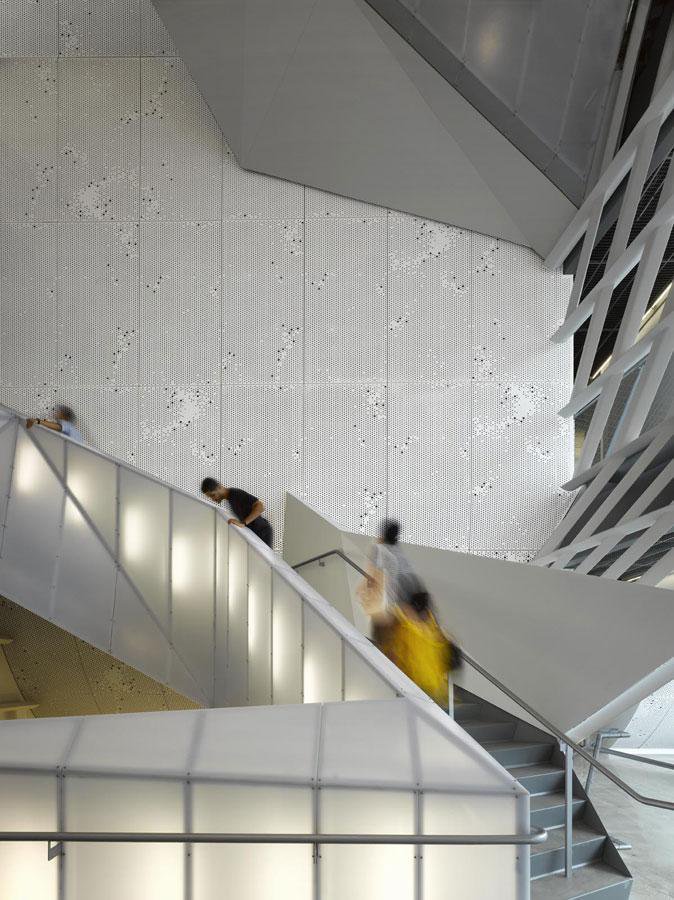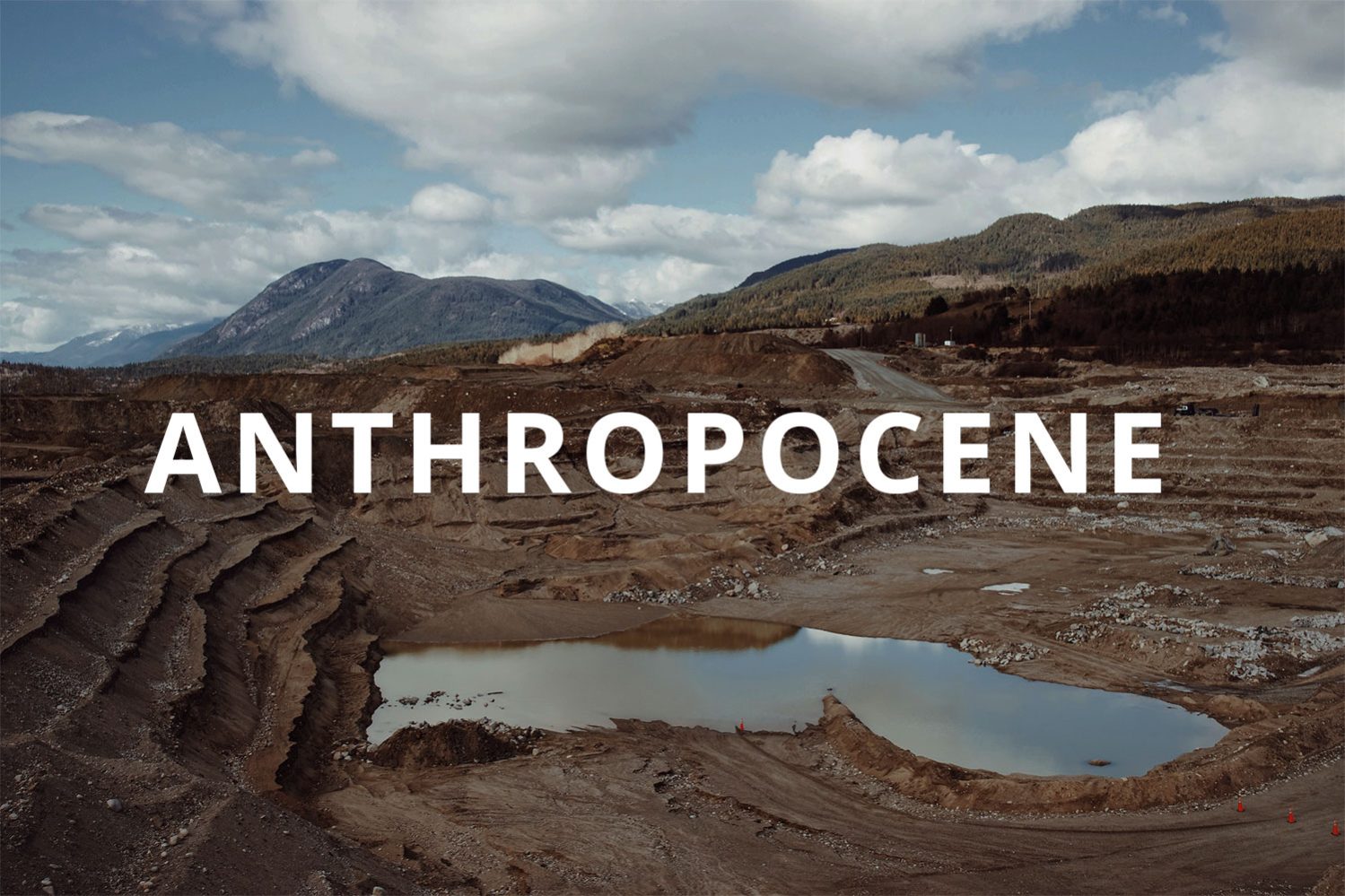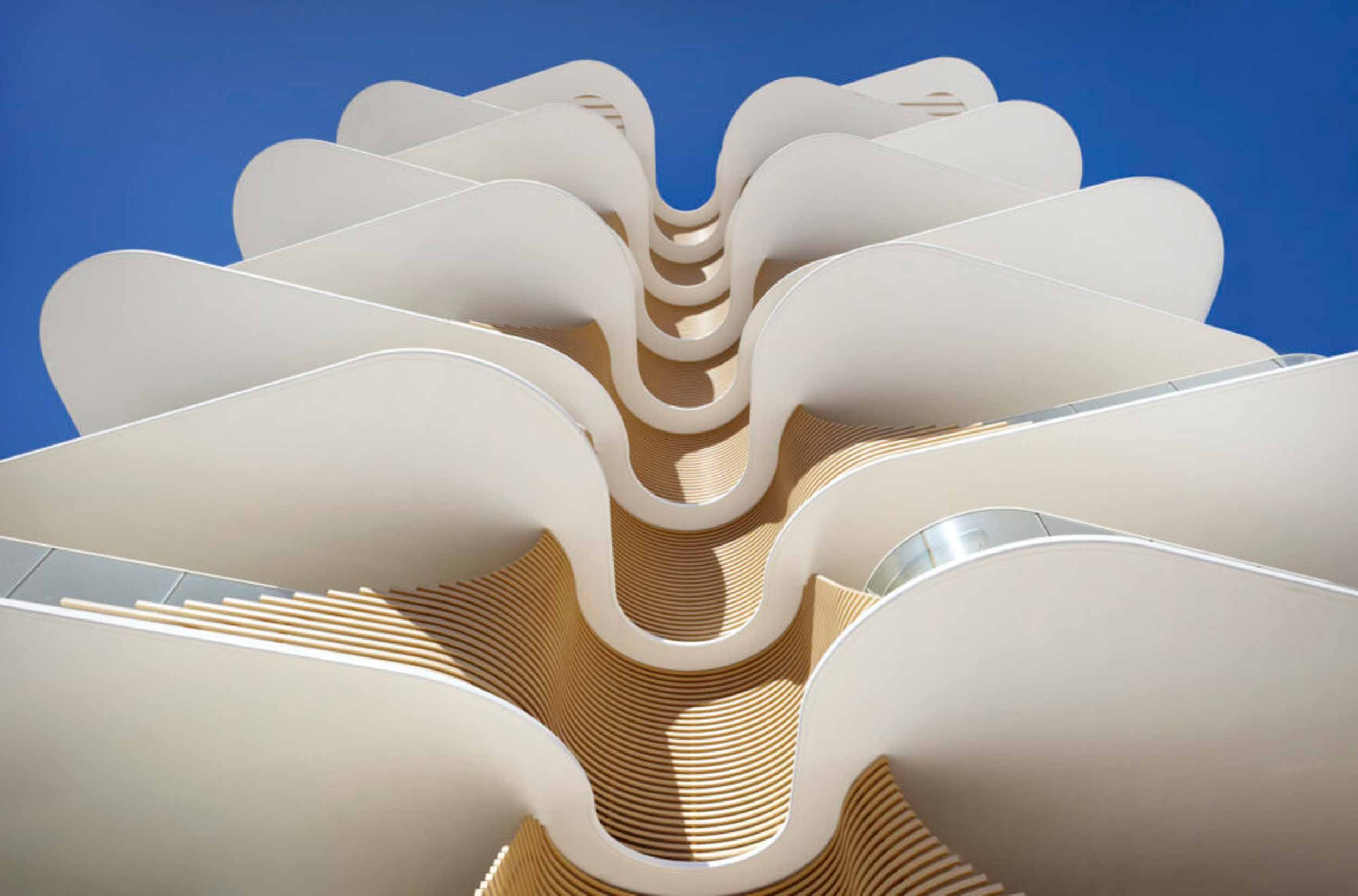
41 Cooper Square is a building for The Cooper Union, the 150-year-old distinguished institution of higher education. Peter Cooper, the founder of the institution aimed to offer an equal, accessible, and pleasant education environment.
Design and planning strategies for the 41 Cooper Square building inspired by Cooper’s visions. Creating equal, accessible, diverse, and socially integrated spaces to envision the institution’s inspiring view connected different intellectual groups and made the building stand out while being an advanced and innovative education center for Art, Architecture, and Engineering.

Given building program for the Morphosis team was an academic and laboratory building that included a gallery, auditorium, multi-purpose space, and retail space. The Morphosis team created a building that freely invites people from the outside and a suitable environment for an interactional education system inside.
The Morphosis team defines the 41 Cooper Square building as a stacked vertical piazza, organized around a central atrium. A vertical piazza forms the heart of the building, hosting unexpected social interactions, planned meetings, intellectual discussions, and so forth. The institution’s dedication to free and open systems shows itself in the building as being open to the public, symbolically transparent facades. This facade on the ground floor allows outside passers to observe the activities and spaces of the building inside.

The double-height entrance lobby is connected to the central atrium. This sky-lit central atrium is surrounded by an undulating designed mesh from the ground floor. One of the team’s strategies to create a suitable environment for unexpected meetings and social interactions is the grand staircase that is 20 feet wide and continues up to the fourth floor. This staircase allows students and visitors to meet, study or spend time together.
The 41 Cooper Square building includes the college’s three schools, a student lounge, seminar rooms, an exhibition gallery, a board room, an auditorium, and seating areas. These functional spaces are designed around the central atrium to allow maximum social interaction. Connections between these spaces are provided with sky bridges along the central atrium.


Another strategy of the team to reinforce vibrant, active environments for intellectual interaction is the “skip-stop” elevator. The skip-stop elevator stops at the first, fifth, and eighth floors to increase physical activity and impromptu meetings, and encourage visitors to use sky bridges and the grand staircase.
In the double-layered stainless steel active façade of the building, wide openings are left in places that also serve the central atrium. These openings create sky lobbies and pleasant gathering areas inside the building. It is possible to understand that one of the most important goals aimed at the design stage of the building is to increase social interaction. This strategy, which greatly affects the interior plan, has been adopted to be read from the exterior view.
Contrary to a plain façade, the undulating structure of the interior central atrium is continued on the exterior as well. The wide openings created in places on the façade not only reflect the aesthetic concerns but also reflect the active use of the interior to the outside and provide environmental control in the interior.

Reviewing the urban context of its location, the 41 Cooper Square building stands out with its sculptural façade and gains an iconic image. The building resonates with light, shadow, and transparency. The operable stainless steel skin of the building allows controlled lighting and heating for the interior.
The 41 Cooper Square building holds a Platinum LEED certificate with advanced green initiatives. It is the first of its kind in New York City. Various efficient design decisions can be listed in the background of this certificate. The operable perforated stainless steel panels of the building’s skin allow it to reduce heating during summer and create insulation during winter.
The energy-efficient radiant heating and cooling system contribute to energy saving. Natural lighting benefits are being used for seventy-five percent of the building. The full-height atrium allows a beneficial amount of lighting and air circulation. Rainwater is harvested and reused through the green roof which also helps heat insulation. Flexibly designed laboratories, studios, and classrooms allow future use scenarios which help the building’s sustainability through different functional possibilities.

Project Info
Architect: Morphosis Architects
Client: The Cooper Union for the Advancement of Science and Art
Area: 16,258 m²
Design Director: Thom Mayne
Project Manager: Silvia Kuhle
Project Architect: Pavel Getov
Job Captain: Jean Oei
Lead Designer: Chandler Ahrens
Project Designer: Goo-Woon Seo, Natalia Traverso Caruana
Project Team: Irena Bedenikovic, Salvador Hidalgo, Marcin Kurdziel, Debbie Lin, Kristina Loock
Project Assistant: Sean Anderson, Charles Austin, Dominique Cheng, Guiomar Contreras, Ben Damron, Patrick Dunn-Baker, Graham Ferrier, Mauricio Gomez, Brock Hinze, Eui Yeob Jeong, Mark Johnson, Jennifer Kasick, Amy Kwok, Michelle Siu Lee, Shannon Loew, Mark McPhie, Greg Neudorf, Mike Patterson, Michael Sargent, Reinhard Schmoelzer, Christin To
Associate Architect: Gruzen Samton, LLP
Structural Engineer: John A. Martin & Associates, Goldstein Associates, PLLC
Project Management / Owner’s Representative: Jonathan Rose Companies, LLC.
Mechanical Electrical Plumbing Engineer: IBE Consulting Engineers, Syska Hennessy Group Inc
Construction Manager: F.J. Sciame Construction Co., Inc.
Façade Consultant: Gordon H. Smith Corporation
Civil Engineer: Langan Engineering and Environmental Services
Geotechnical Consultant: Mueser Rutledge Consulting Engineers
Façade Construction: A. Zahner Company
Sustainable Design: Davis Langdon
Graphics: Pentagram Design
Lighting Designer: Horton Lees Brogden Lighting Design, Inc.
Landscape: Mathews Nielsen Landscape Architects, PC
Acoustic Engineer: Martin Newson & Associates, LLC
Photography: Iwan Baan






















































